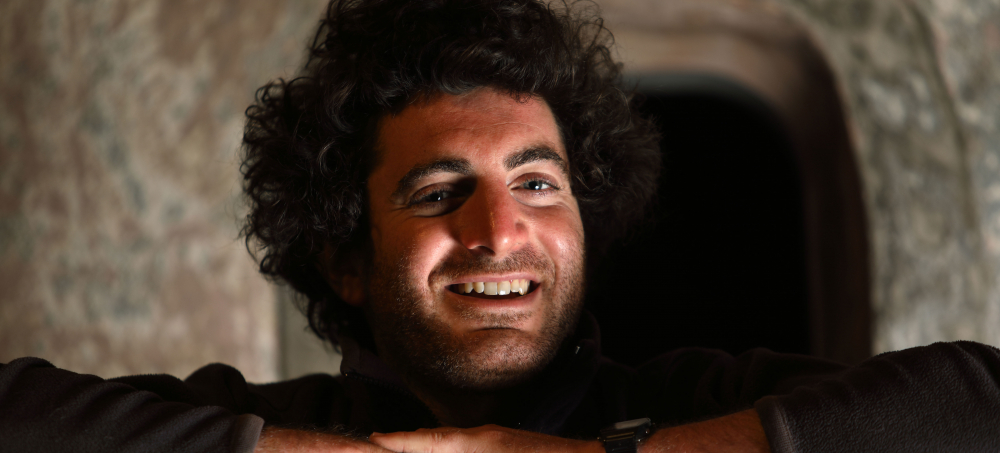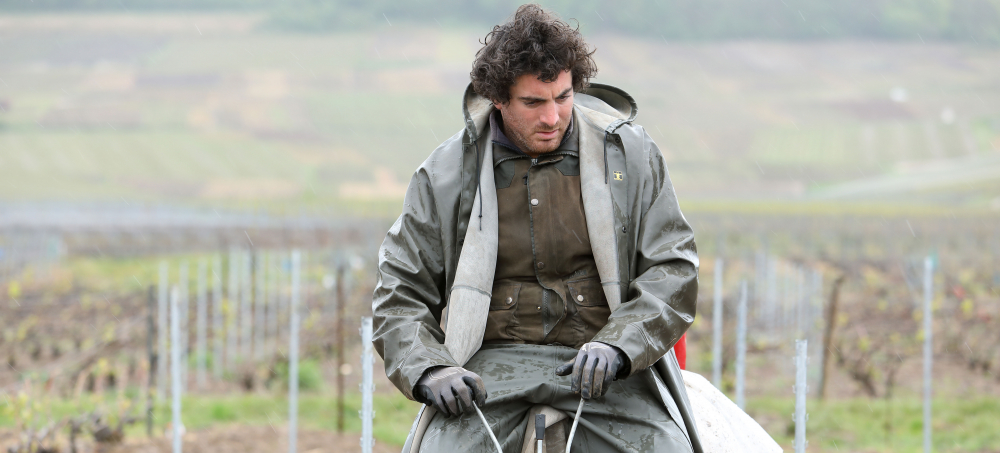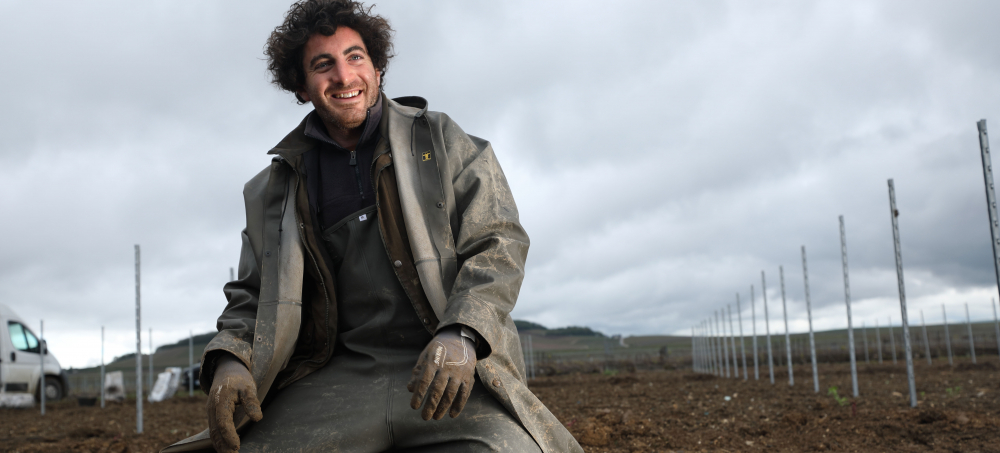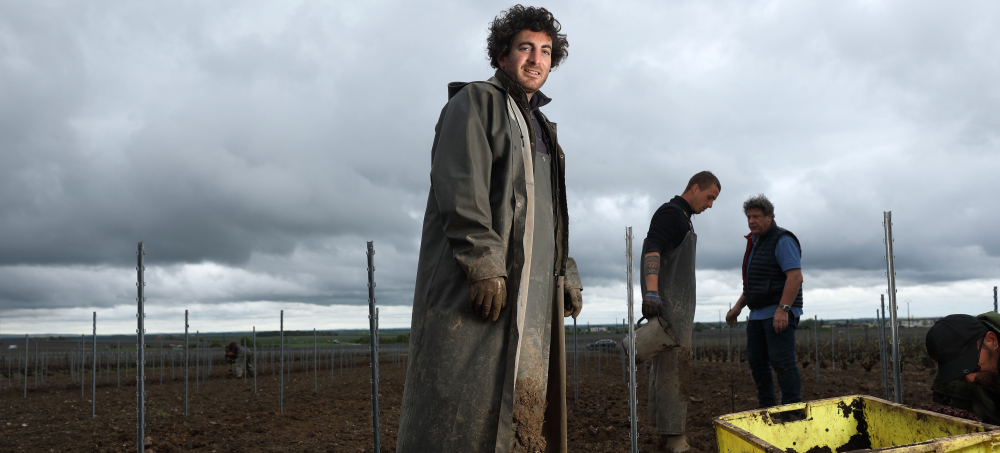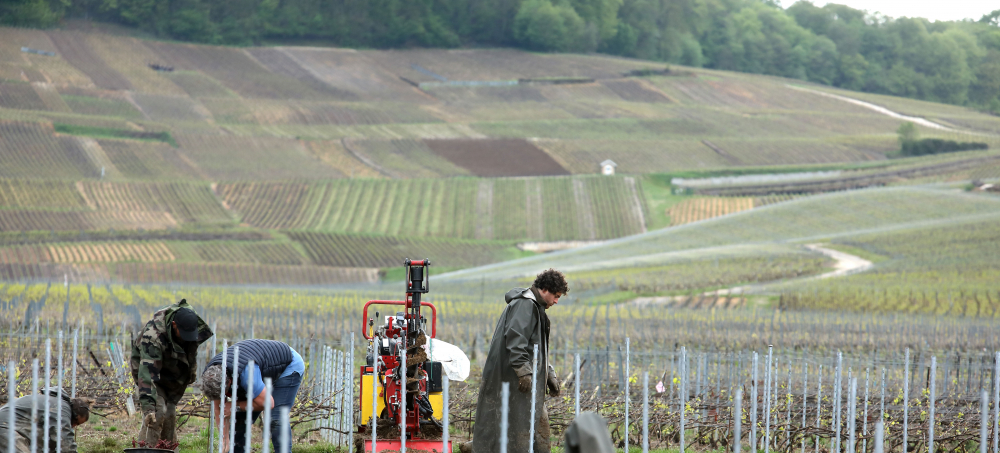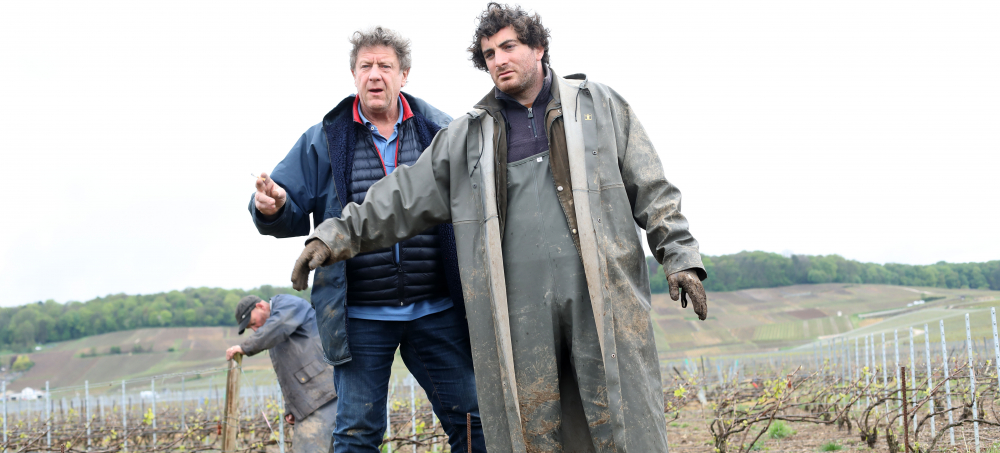Champagne is a region undergoing great transformation. In the past three decades, the focus has shifted to discovering the true personalities and potential of villages, vineyards, vintages and varietals, all enhanced through the lens of more conscientious farming and viticulture, most often in a decidedly more natural direction. This movement began with a small handful of revolutionaries and chief among them was Anselme Selosse.
Since taking over Champagne Jacques Selosse in 1980, Anselme has been fervently committed to the ideas of low-yields, zero chemicals, and terroir-based wines. While the emergence of single-vineyard Champagnes feels a bit more commonplace today, especially among the upper echelon of growers, Anselme’s embrace of a more ‘Burgundian’ philosophy toward terroir was relatively unheard of at the time.
In a land of Grandes Marques where the big houses called the shots and small growers were at their mercy, there was no incentive to reduce yields or adopt natural farming methods. The lack of quality fruit could be masked by high dosage levels and large additions of reserve wines in the final blends. It took an outside perspective, one Anselme had developed while studying oenology in Burgundy, to challenge the status quo.
Within the first six years at the helm of the family domaine, Anselme committed to two radical steps: dramatically reducing yields and farming organically. Perhaps his most influential insight was the notion that a profound Champagne must start with a great base wine. Fortunately, he was blessed with Grand Cru vineyards in Avize, Cramant and Oger. He threw himself into exploring the relationship between healthy soils and the resulting fruit. His work produced physiologically ripe and expressive grapes. From there, he opted to preserve the character of the fruit by doing only indigenous yeast fermentations and minimizing the use of sulfur. He chose to ferment and age is his wines in French oak barrels (max 20% new) on the fine lees for extended periods.
These innovations explain the overwhelming quality of Selosse wines, but they don’t reveal why the elusive flavors and textures — a ‘Selossian style,’ if you will — are not easy to replicate. We suspect Anselme would argue that this is explained by the terroirs and their ability to be highlighted through careful work in the cellar. The lineup of rare lieux-dits, the ground-breaking solera wine known as Substance, and the beguiling Rosé are singular wines and often truly iconic wines.
Anselme’s questioning and unquenchable curiosity have tested Champagne’s limits for more than 40 years. Today’s generation, including his son Guillaume, has been deeply shaped by his example. In fact, Guillaume Selosse took the reins in 2018 and has continued the tradition of exploration in the vineyards and cellar. This is evident in his wine “Largillier”, which is a collaboration with Jérôme Coessens in the Aube. Guillaume wanted to shift his experience from Chardonnay in the Côte des Blancs to Pinot Noir in the Côte des Bar. Additionally, it allowed him to experiment with oxygen and sulfur levels to create a wine reminiscent of Lopez de Heredia blanc...but with bubbles! Largillier followed his first solo Champagne, “Au Dessous du Gros Mont”, made from 70-year old Cramant vines from a parcel his grandmother gave him when he turned 18. Presumably, these wines will eventually be absorbed into the Jacques Selosse lineup.
With a storied and influential history and a vibrant new generation steering the ship, the wines of Champagne Jacques Selosse will continue to be coveted worldwide thanks to their well-deserved reputation as a Champagne icon and one of France’s most distinguished domaines.
